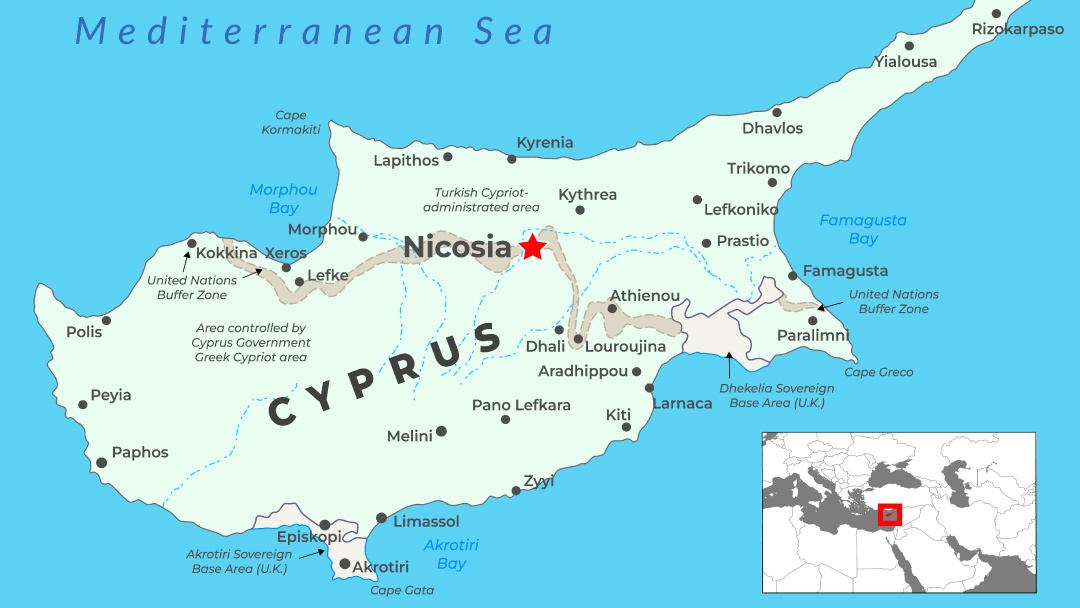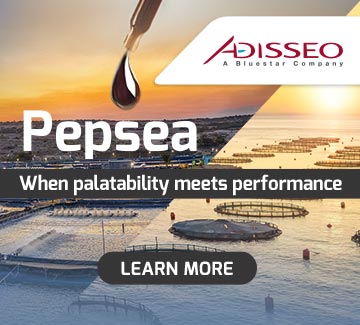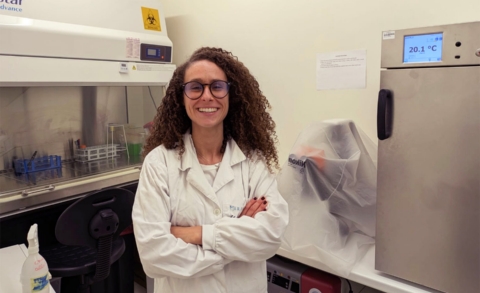
Cyprus’s aquaculture has the potential to become a key sector for both local supply and export, providing a substantial boost to the country’s trade balance in seafood products.
Despite its promise, the current production model, based on nearshore fish farm, faces challenges in the form of conflicts with other sectors, such as tourism, urban development, and fishing.
At present, according to the Department of Fisheries and Marine Resources of Cyprus, the country’s fish production stands at 9,400 tonnes annually, of which 85% (or 7,990 tonnes) is accounted for by aquaculture, with seabream and seabass as the main species farmed, alongside smaller quantities of meagre and common sea bream (Pagrus pagrus).
To address these issues and develop science-based solutions, researchers from Frederick University, Cyprus, and the Hellenic Centre for Marine Research, Greece, have conducted a study assessing the economic viability of moving Cyprus’s aquaculture operations further offshore.
The study proposes expanding farms into deeper waters, up to 100 meters deep, to easy conflicts with other industries. It examines three different annual production capacities: 2 250, 3 000, and 5 000 tonnes. These figures represent the total yearly production from aquaculture facilities based offshore.
Published in the journal Aquaculture and Fisheries, the findings indicate that such investments are economically viable. Initial investments could be recouped within five to six years, or between six and fourteen years when considering the time value of money. This concept reflects how the value of money changes over time due to inflation and other economic factors, requiring future cash flows to be discounted to the present for an accurate assessment of real profitability.
Using a detailed economic analysis and sensitivity testing, the study assessed various expansion scenarios. Key financial indicators such as Net Present Value – the difference between the present value of revenues and costs – and the Internal Rate of Return, which indicates potential profitability, were used. In all three production capacity scenarios (2 250, 3 000, and 5 000 tonnes per year), both metrics exceeded 14%, suggesting these projects are not only profitable but resilient to potential risks, such as fluctuations in market prices or increase in operating costs.
The profitability of aquaculture farms largely depends on product sale prices, feed costs, and operating expenses. Increased revenue significantly enhances profitability, while higher operational costs reduce profits.
A notable finding is that moving offshore could reduce environmental impacts typically associated with coastal aquaculture, such as waste accumulation. However, the shift also brings operational challenges and higher initial costs, requiring careful planning, as the researchers point out.
Th study highlights the importance of European seabass (Dicentrarchus labrax) or Cypriot aquaculture, which accounts for 70% of production, driven by strong demand from export markets such as Israel and Jordan.
According to the researchers, this study not only provides a roadmap for Cyprus but could also serve as a model for other Mediterranean countries seeking to sustainably expand their aquaculture capacities. By offering a thorough assessment of costs and benefits, they hope this initiative will stimulate aquaculture growth across the region, creating economic opportunities while responsibly meeting the global demand for fish and seafood.


